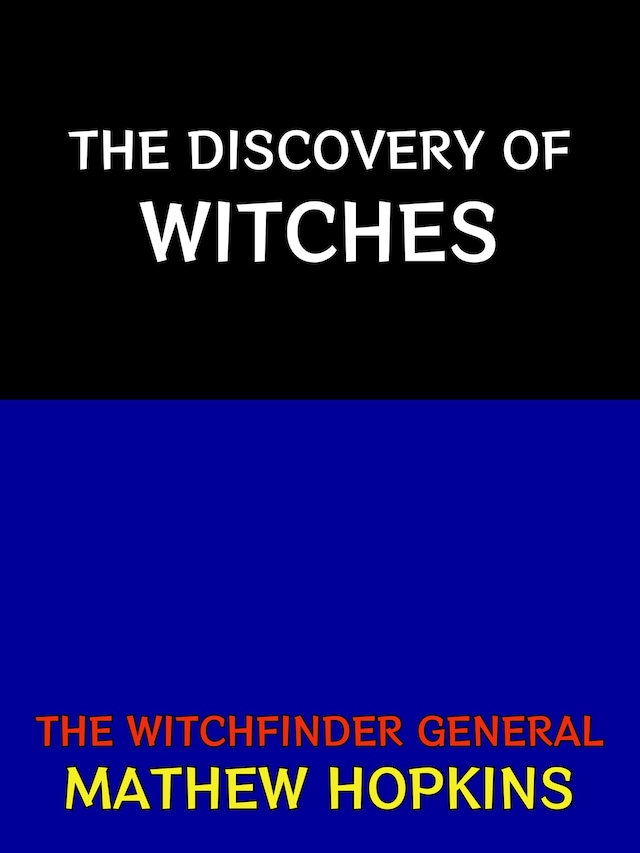
The Discovery of Witches
The Witchfinder General
Tietoa kirjasta


